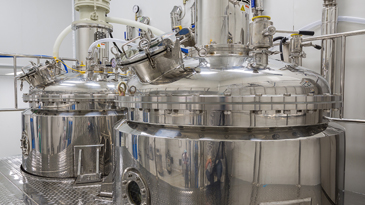In recent years, a number of popular books and movies have explored the preparations for the mission as well as the flight itself. Movies like “First Man,” “Apollo 11,” and “Hidden Figures,” and Nathalia Holt’s novel “The Rise of the Rocket Girls: The Women Who Propelled Us, From Missiles to the Moon to Mars” reveal the complex calculations for multiple variables required at each stage of the mission. Getting the ship off the ground, entering the earth’s atmosphere, orbiting the moon, launching and landing the lunar module and finally, returning the astronauts safely to Earth… throughout the voyage, teams of scientists, engineers and mathematicians were tracking progress, recalculating and making adjustments to keep things on course.
The entire process was manual, reactive and risky. There were tremendous amounts of data being transmitted from a variety of sources, each fueling its own set of calculations for next steps. One small error could doom the whole mission.
New Technologies Simplify Multivariate Analytics and Batch Manufacturing
Fast-forward 50 years and the ways we measure, analyze and adjust have changed significantly. Slide rules and paper-based calculations have become obsolete, replaced with high-speed digital processes and almost instantaneous communication. Sensors, data historians and production record managers document exactly what is happening in a plant at any point in time. Multivariate process control systems automatically optimize batch outcomes based on plant conditions and alert and diagnose when human intervention is required.
With all this insight at their fingertips, manufacturers can make in-flight adjustments to keep a batch from going off course, ensuring consistent products while maximizing throughput.
Looking at the tools we rely on now to plan and execute batch processes — even those far less complex than space travel — makes the first moon landing all the more remarkable. With limited technology, the mission team could review Apollo’s actual trajectory and compare it to the ideal, then course-correct. Today’s multivariate analytics tools make it even easier to intervene at key decisions points to ensure ideal batch outcomes. Download the white paper to learn more.






Leave A Comment